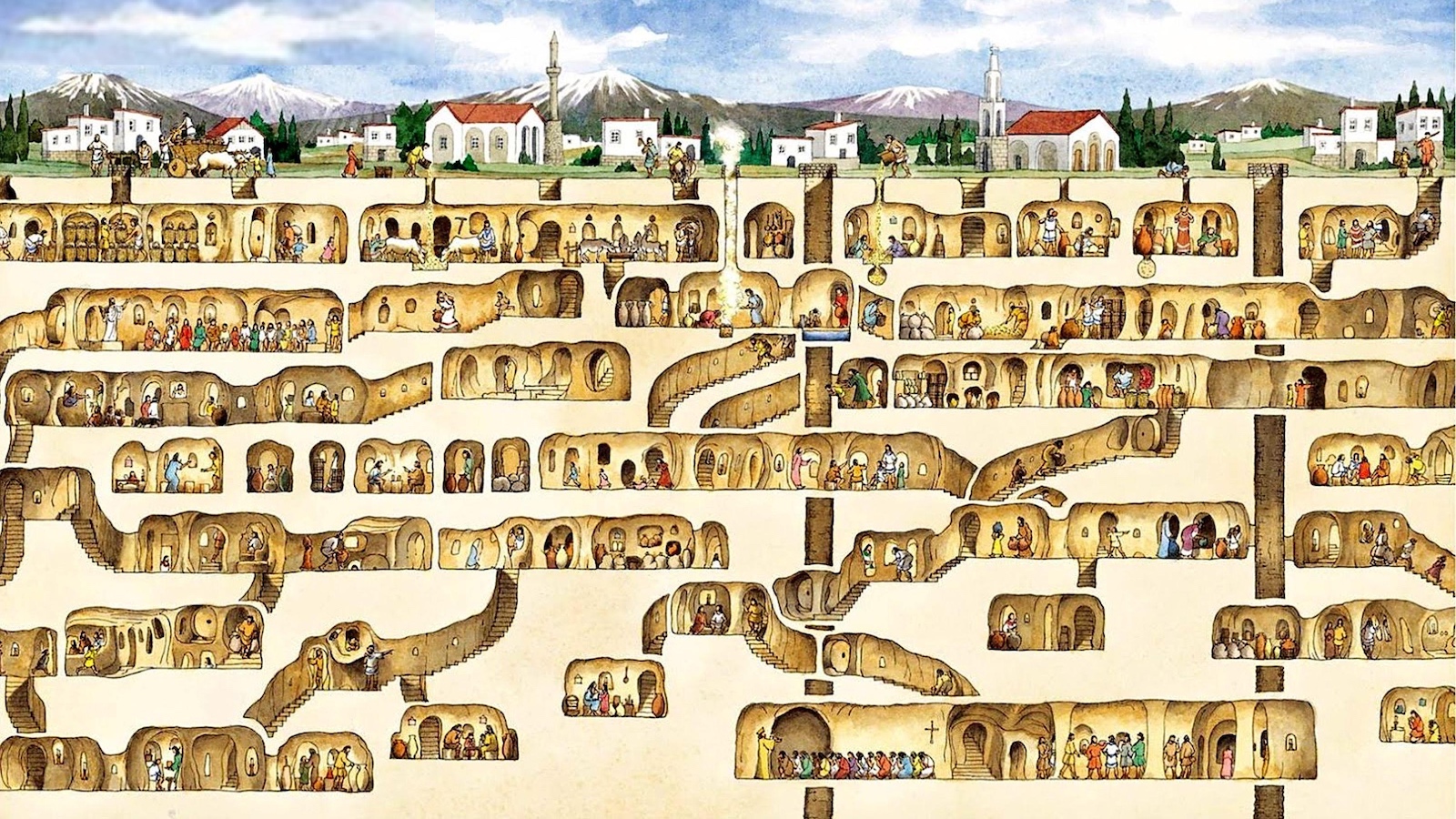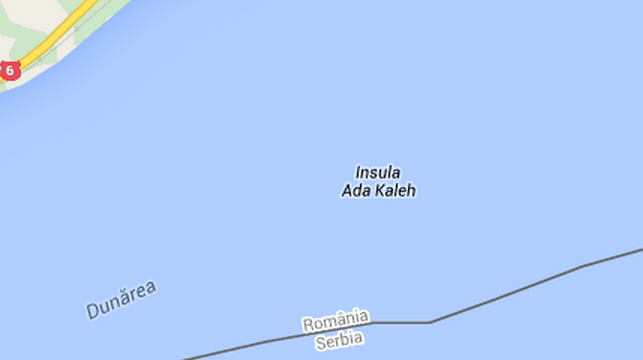This Istanbul house was built in four historical eras

- A house in Istanbul, known for its historical significance, has four floors representing different eras: Roman, Byzantine, Ottoman, and the Turkish Republic.
- This unique structure visually represents the layered history of the city.
- Despite its rich history, the house remains abandoned and for sale, highlighting Istanbul’s abundance of similarly layered historical buildings.
You may have seen this fantastically decrepit house before. It’s a minor internet celebrity — not so much because of its old age (though roughly 1,800 years is nothing to sneeze at), but because its four floors correspond so neatly to four historical eras: from the Roman Empire at the bottom, through the Byzantine and Ottoman Empires in between, to the Turkish Republic on top.
Reddit user DanceWithMacaw recently color-coded each layer, better visualizing those layers of history, and in so doing also turning that picture into a map – of time rather than place. But let’s start with location, because that explains why history is layered so thickly here.
We’re in Istanbul, with 15 million inhabitants the largest city in Turkey, and indeed Europe. (Although that depends on whether you include Turkey wholly, partly, or not at all in Europe — each option has its fans and detractors).
To be precise, we’re in the Fatih district — the peninsula sticking out into the Bosporus Strait that corresponds to the antique city of Constantinople, which was founded in the 7th century BC by the Greeks as Byzantium. In 192 AD, the future Roman emperor Commodus besieged and destroyed the city, after which Rome’s on-and-off ally was finally absorbed into the Roman empire.
Emperor Constantine built a new Roman capital on the site of old Byzantium, which was renamed Constantinople upon his death in 337. Not much later, Rome fell to the barbarians, leaving Constantinople as the capital of the Eastern Roman Empire. Also later known as the Byzantine Empire, it would continue for another thousand years.
In 1453, Ottoman sultan Mehmet earned his nickname “The Conqueror” when he defeated the city-state that was the moribund heir of that empire. Under its new masters, that city would become known as Istanbul (ironically from the Greek road signs reading is tin polin, or “to the city”).
As empires do, the Ottoman Empire also rose and fell. After a long decline, during which it was known as “the sick man of Europe,” the sprawling, multicultural empire was dismembered and replaced, just over a century ago in 1923, by the more compact and monocultural Republic of Turkey. In that year, Ankara was chosen as the new nation’s seat of government. After more than a millennium and a half, Istanbul had lost its status as an imperial capital.
And like an architectural layer cake, this house, just off Alayköşkü Caddesi (Procession Kiosk Street), has a floor for each of those four eras.
The oldest, lowest part of the house is a cistern from Roman times, either late second- or early third-century AD. Above it is a Byzantine-era arch, then a stone wall from Ottoman times, and finally the Republic-era floor built out of burnt brick.

The house was put up for sale in 2019, which is how we know that it has 19 rooms for a total area of 152 square meters (1,636 square feet), that it was abandoned at the time, and that it could have been yours for a mere $1.75 million. Judging by the trees that sprout from its façade in the most recent pictures, it may still stand empty, and be for sale.
You’d think that a house with such historical pedigree would be a museum or at least a protected building. And it most likely would be if it stood anywhere but Istanbul. In truth, the Fatih district alone has plenty of houses with a similarly layered history, often rebuilt after partially collapsing in one of the region’s frequent earthquakes.
Some insist there’s another reason why the house is not that special: They contend that the one-era-per-floor division is, to borrow a phrase from H.L. Mencken: neat, plausible, and wrong. The Byzantines saw themselves as a continuation of the Roman Empire. And the Turkish Republic, it can be argued, is the successor state of the Ottoman Empire.
One could even contend — though this requires a slightly more impressive feat of mental-historical gymnastics — that the Ottomans continued the imperial project of the Byzantines.
So, instead of four layers…just one? That is reducing a valid point to absurdity. Clean breaks between historical eras are, largely, post hoc constructions. However distinct they are, each era is built on the remains of what went before. If you put it like that, nothing illustrates this point better than this tumbledown house on Procession Kiosk Street.
Strange Maps #1249
Got a strange map? Let me know at [email protected].





